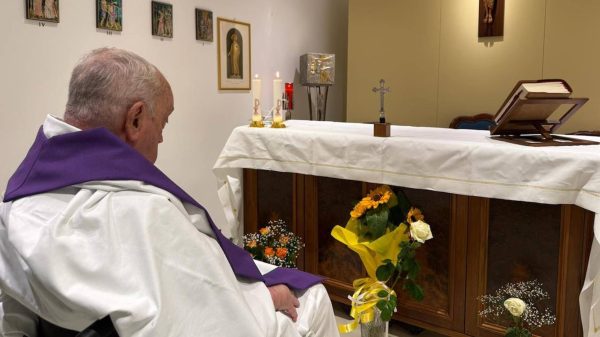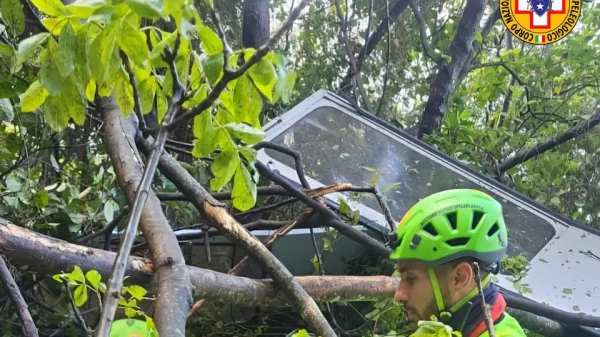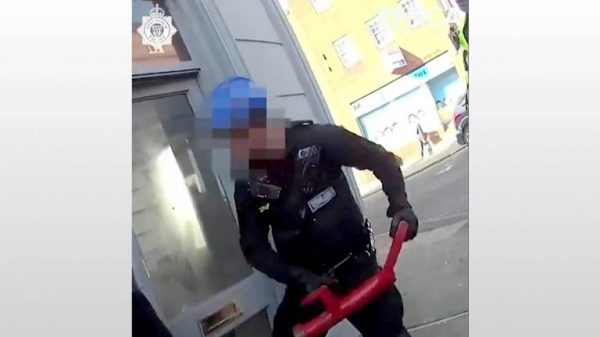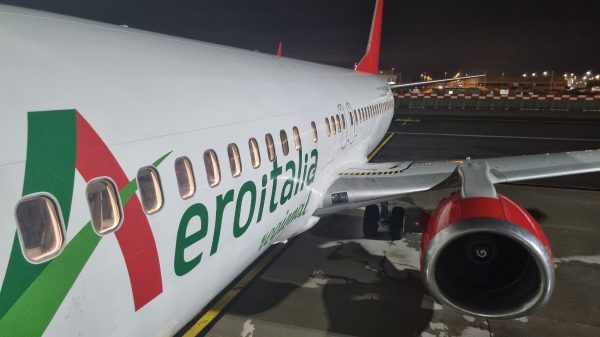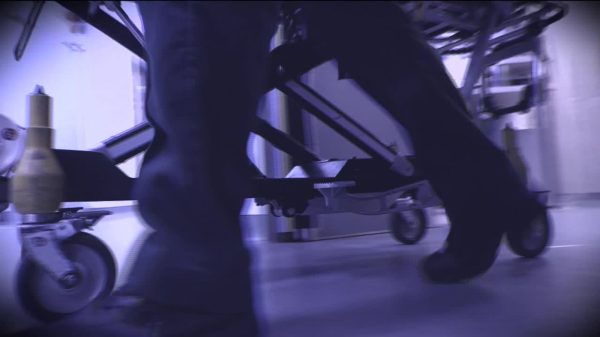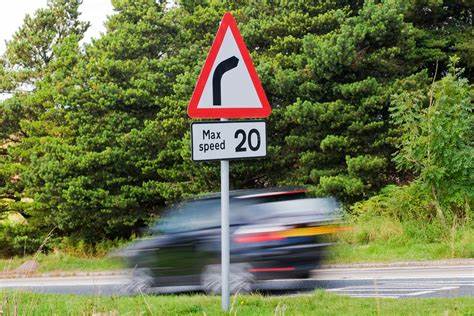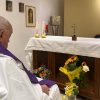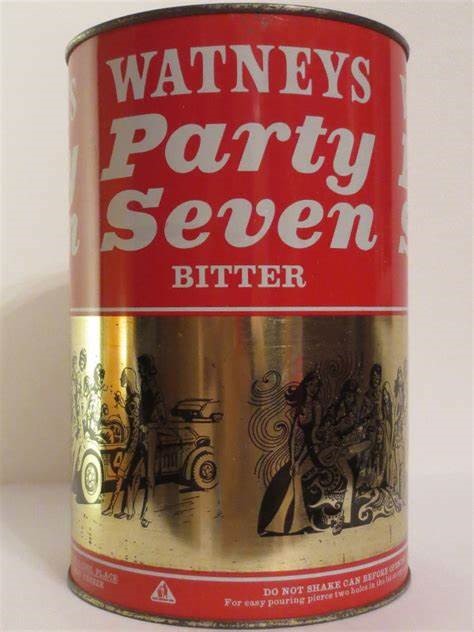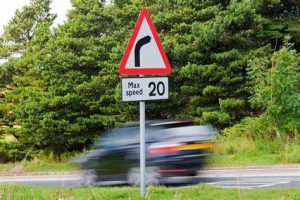
The coronavirus outbreak has cut Britain’s road traffic back to levels not seen since the early 50s.
It’s estimated the volume has dropped by nearly two thirds.
However, fewer vehicles have brought an increase in speeding and bad driving.
Motorists are using the near empty road to excessively break the speed limit.
My Policy Group, a data analytic business, reports a “sharp deterioration in driving behaviour, with a noticeable increase in speeding”.
Tassos Anastasiou from My Policy, said:
“In rush hour traffic, road accidents are generally relatively low-level events, as the large volume of cars on the road make high speed collisions unlikely.
“In the current lockdown, the roads are emptier, and we are concerned that drivers’ speeding could lead to an increased number of high-speed collisions.
“While we are seeing fewer drivers out in their cars, which is to be expected given the government’s instructions, many of those that are continuing to drive are putting their foot down and speeding up.
‘This would be unwelcome news under any circumstance.
“But in this time of national emergency, it is imperative that any unnecessary speeding is curtailed, both to save lives and to ensure that the emergency services, particularly medical practitioners, are not put under avoidable additional pressure at this critical time.”
The latest road traffic figures from the Cabinet Office show that there were 63 per cent fewer vehicles on the UK’s roads than pre-coronavirus.
The My Policy Group’s data analytics business tracks driving data for around 85,000 UK motorists.
Customers’ vehicles are fitted with a “black box” and instances of bad driving after reported to the group.
Motorists driving badly are sent an “intervention” – a warning about their driving.
In the first week of lockdown interventions rose by 12.4 per cent.
In the second week it had almost trebled to 36 per cent.


